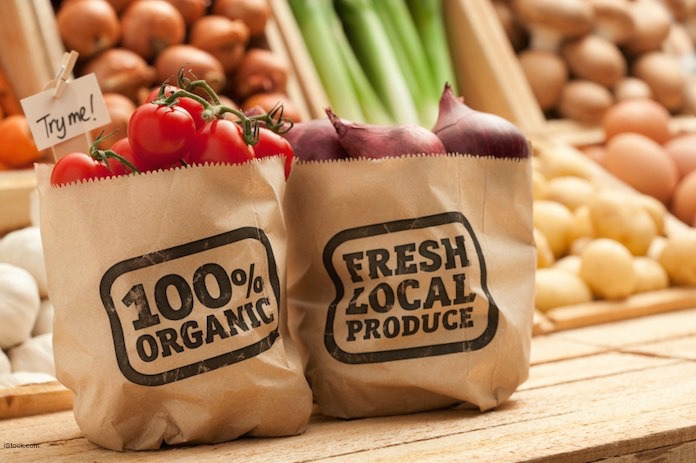Many food poisoning outbreaks in the past few years have been caused by contaminated produce. They range from the deadly Listeria monocytogenes outbreak linked to Jensen Farms cantaloupe to the Salmonella outbreak in Minnesota linked to tomatoes served at Chipotle restaurants. In fact, a study conducted by Center for Science in the Public Interest in 2005 found that produce is the most common food source for food poisoning.

So the FDA has produced a video and tips on how to select and serve produce safely. Bacteria in the soil or water can contaminated fruits and vegetables, or it can become contaminated during harvest, during transport, or storage.
At the grocery store
To protect yourself and your family, be careful when selecting produce at the grocery store or farmer’s market. Choose produce that isn’t bruised or damaged. When you are buying pre-cut, bagged, or packaged items, such as salad greens or precut fruit, only buy those that are refrigerated or surrounded by ice. Always bag fresh fruits and veggies separately from raw meat, eggs, seafood, and poultry, and keep them separated in the shopping cart.
When you get home, store perishable fruits and vegetables in a clean refrigerator. Make sure the temperature of the fridge is set at 40°F or below. Your refrigerator should have a thermometer so you can make sure it is at the proper temperature. Always refrigerated pre-cut or packaged produce.
Prepare produce safely
Keep fruits and vegetables that will be eaten uncooked far away from raw meat, seafood, and poultry. Make sure that raw meats are not stored on a shelf above raw produce. Juices from the meat can drip onto produce.
Always wash cutting boards, utensils, dishes, and countertops with soap and hot water after you use them to prepare meats, poultry, and seafood. Try to use one cutting board for fresh produce and another for meats. Plastic and other non-porous cutting boards should be washed in the dishwasher.
To prepare produce safely, wash your hands with soap and water for at least 20 seconds before you start to work. Cut away any damaged or bruised areas on fruits and vegetables. Discard any produce that looks rotten. Wash produce under running water, including items grown at home. Don’t use soap, detergent, or commercial produce washes. Wash even if you are going to peel the item, since bacteria from the skin will be transferred to the flesh when peeling or cutting. Scrub firm produce with a produce brush. After washing, dry the produce with a clean cloth or paper towel.
Many prebagged or pre-cut items are washed before they are packaged. That will be stated on the packaging. If you choose to wash produce marked as “pre-washed” or “ready-to-eat” be sure to avoid cross-contamination with the kitchen sink, or any unclean surfaces or utensils.
Avoid raw sprouts, which have been linked to many food poisoning outbreaks. Sprouts should be cooked before eating. You can wash them under running water before serving them, but that step will not eliminate any pathogenic bacteria on the product.
Finally, be sure to refrigerate perishable foods within 2 hours of preparation. That time shrinks to 1 hour if the ambient air temperature is above 90°F.




